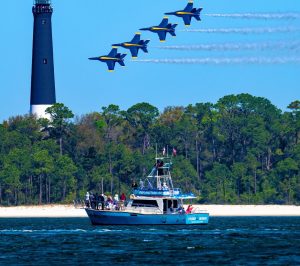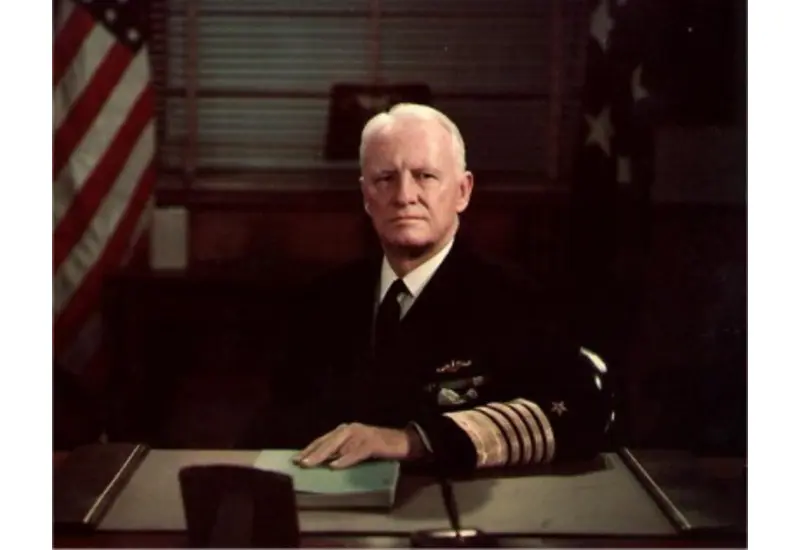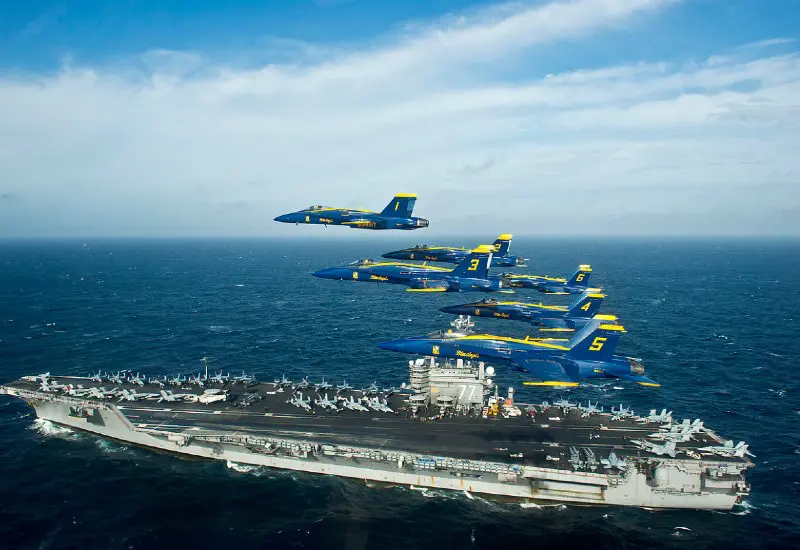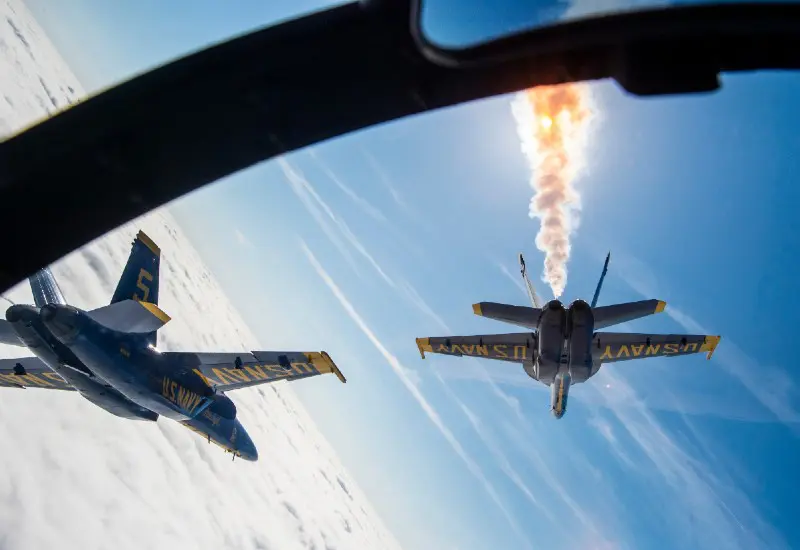7 Fun Facts to Know Before You Go to the Blue Angels Show
Where is the best place to watch the Blue Angels Practice and are they flying today?
Best Place to Watch Answer: FROM . THE . WATER Hear the engines ROAR…feel the vibration and let the smoke trail guide your path to follow our Hometown U.S. Navy Blue Angels.
Watch the Blue Angels From the Water:

Watch The Blue Angels Practice from the water while sightseeing on a dolphin cruise in Pensacola on Frisky Mermaid
Compliments of the Pearl Harbor Aviation Museum, (2021, Feb. 5):
7 Fun Facts about the Blue Angels.
1. THE TEAM WAS ESTABLISHED BY ONE OF AMERICA’S GREAT NAVAL HEROS
 At the end of World War II, naval hero and Chief of Naval Operations Admiral Chester W. Nimitz, ordered the formation of a flight demonstration team to keep the public interested in naval aviation and to boost Navy morale. The team was established on April 24, 1946, and performed its first flight demonstration on June 15, 1946, at its home base, Naval Air Station (NAS) Jacksonville, Florida, flying the Grumman F6F Hellcat.
At the end of World War II, naval hero and Chief of Naval Operations Admiral Chester W. Nimitz, ordered the formation of a flight demonstration team to keep the public interested in naval aviation and to boost Navy morale. The team was established on April 24, 1946, and performed its first flight demonstration on June 15, 1946, at its home base, Naval Air Station (NAS) Jacksonville, Florida, flying the Grumman F6F Hellcat.



 The Blue Angels plan to kick off its 75
The Blue Angels plan to kick off its 75